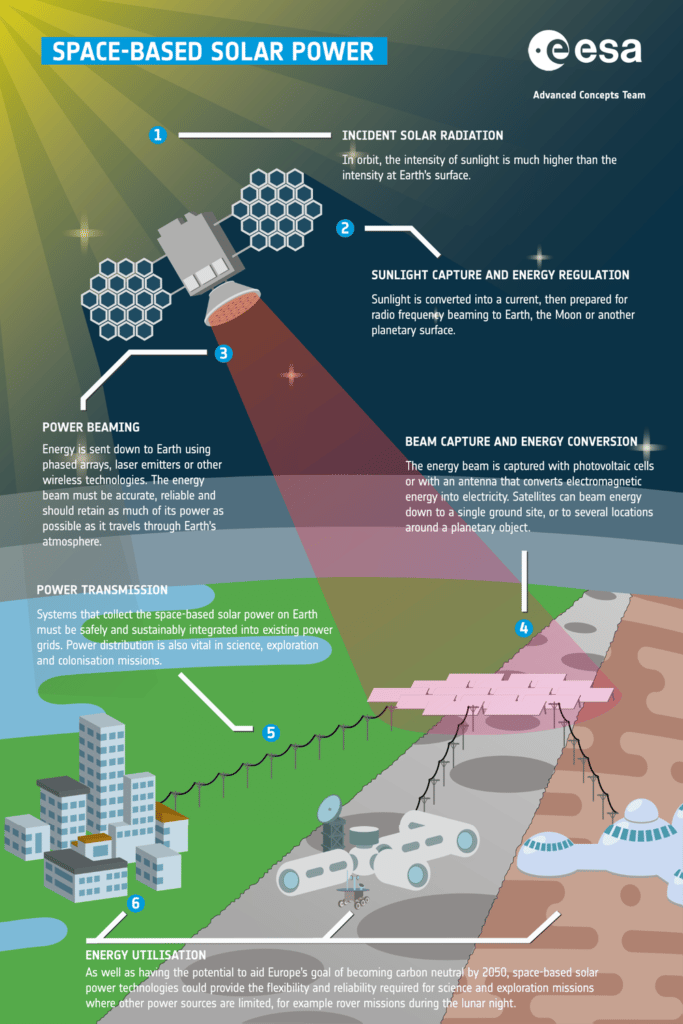In these last years, China and Japan have proposed to the public the idea of installing solar panels in space: an idea as absurd as it is potentially advantageous, which has ended up influencing other countries too.
This time it is the UK's turn to have it in mind an interesting plan for installing the panels in the space.
The announcement comes from science minister George Freeman, who said he was "ready to support the initiative". If it were decided to implement it, Freeman's plan would cost the United Kingdom as much as 19 billion euros (about 21 billion dollars).
How would solar panels work in space?
Now that we have discovered the purpose of the UK plan, it is right to go into detail.
How are these solar panels supposed to work in space?

Apparently, they would refer to a huge spacecraft, equipped with many different panels. The solar energy collected by these panels would then be converted into high-frequency radio waves (or laser beams).
The waves would be picked up on Earth thanks to a special antenna called rectenna. After that, the radio frequencies would be converted back into electricity and delivered to the power grid. The project could have very positive results across the UK. The power supply would continue to arrive, day and night, and the panels would operate continuously.
Being in space, the solar panels could be illuminated by the sun for 24 hours a day. Among other things, solar energy in space is significantly stronger than that on Earth (about 11 times stronger), and would carry higher amounts of energy.
Will we see the completed project?
The chances of this project being implemented are concrete.
The level of feasibility of the system is quite high, and scientists have proven sufficiently optimistic. The only "problem", the element that still needs to be resolved, is the monetary one. Transporting something into orbit brings with it significant sums.
Lighter materials should be used, such as solar panels with ultralight cells.


